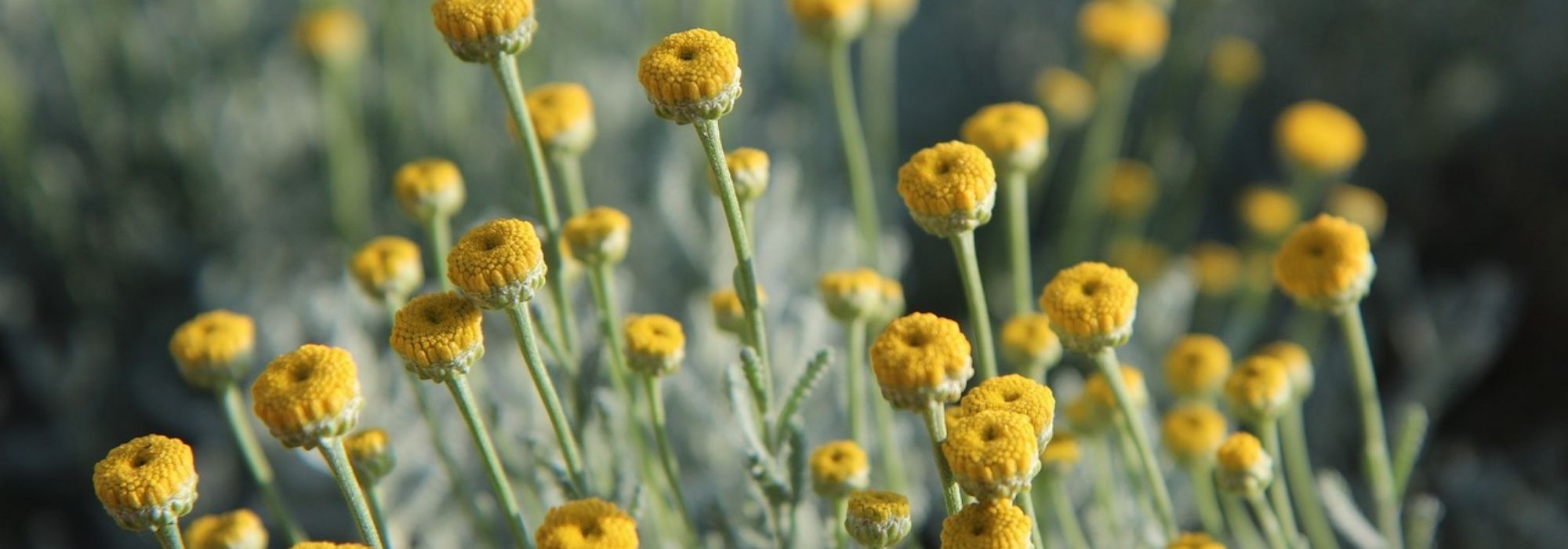
How to grow santolina in a pot?
Planting, pruning, care and repotting
Contents
Native to the Mediterranean basin, santolina is a small evergreen bush, with grey or green foliage and white or yellow flowers depending on the variety. Particularly fragrant to the touch, it enhances gardens with its colours, all year round. A small ball, both dense and compact, its size at ripeness does not exceed 50 centimetres in height and 1 metre in width: it can be grown in pots, as well as in containers or window boxes.
Santolina has no enemies: only certain growing conditions can destabilise it, such as excess moisture or shade, as well as overly rich soil. In these cases, it risks developing soft and weak shoots, while being particularly sensitive to cold.
Let’s discover together the secrets of planting a santolina in a pot, its pruning and maintenance tips to enjoy this ornamental plant throughout the year.
Which varieties of santolina are suitable for pot cultivation?
Available in around twenty varieties, santolina comes in several colours and foliage types:
Also known as “little cypress santolina,” the silver santolina features finely dissected grey foliage with scents of olive oil and turpentine. In summer, small heads measuring 1 to 1.5 cm in diameter appear, round and domed, resembling tiny golden-yellow buttons.
Notable are certain species: Santolina chamaecyparissus ‘Nana’, a dwarf bush with tight, compact foliage; and Santolina chamaecyparissus ‘Pretty Carol’, contrasting with its silver, fragrant leaves and pompom-like yellow flowers that delight bees.
- The Santolina virens (or Santolina Rosmarinifolia)
Commonly known as rosemary-leaved santolina, this variety offers bright green foliage with narrow leaves, producing small round golden-yellow heads in summer. When crushed, its leaves release a fragrance reminiscent of bergamot and turpentine.
Notable is the variety Santolina virens ‘Lemon Fizz’, with bright foliage throughout the year and abundant light yellow flowering in summer.
Also known as ‘Edward Bowles’ santolina, this Italian variety showcases finely dissected foliage with long, feathery silver lace and creamy white flowers from June to August. It exudes a scent of olive oil and turpentine.
Commonly referred to as olive herb, green santolina is a distinct species from rosemary-leaved santolina. Its fine foliage remains a deep green throughout the year, adorned in summer with small light yellow pompom flowers. This ornamental bush releases an astonishing aroma of olive tapenade that evokes the south.
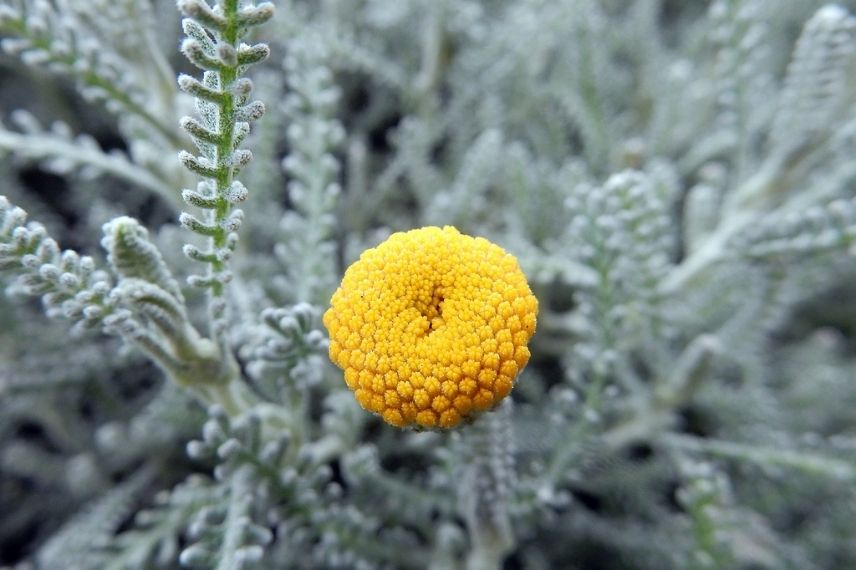
How to plant? date, exposure, pot size
Whatever the variety of Santolina chosen, its pot cultivation requires a sunny exposure, possibly partial shade. Accustomed to the Mediterranean climate, it can withstand sea spray and wind.
Planting can be done throughout the year, except during frost periods, although it is preferable to do so in spring in colder regions or in autumn in other areas. Once the plant is purchased, it is important to choose the appropriate pot size: for this perennial with rapid growth, it is recommended to opt for pots of 50 cm in all dimensions.
Preferring calcareous and stony soils, do not hesitate to add some gravel at the bottom, before providing it with a well-draining mix of soil and sand. No fertiliser is necessary for Santolina.
Young plants should be watered during their first summer, and this should continue until autumn, to encourage good rooting. The frequency depends on the climate of the region: in any case, you must wait until the soil is completely dry, even at depth, before providing more water. It is strongly advised to use tap water, which is calcareous for this operation. Finally, it is essential to avoid wetting the foliage.
During extreme cold, traditionally humid, it is advisable to bring the potted Santolina indoors into a non-heated, bright room, or to apply a winter cover to protect it from frost.
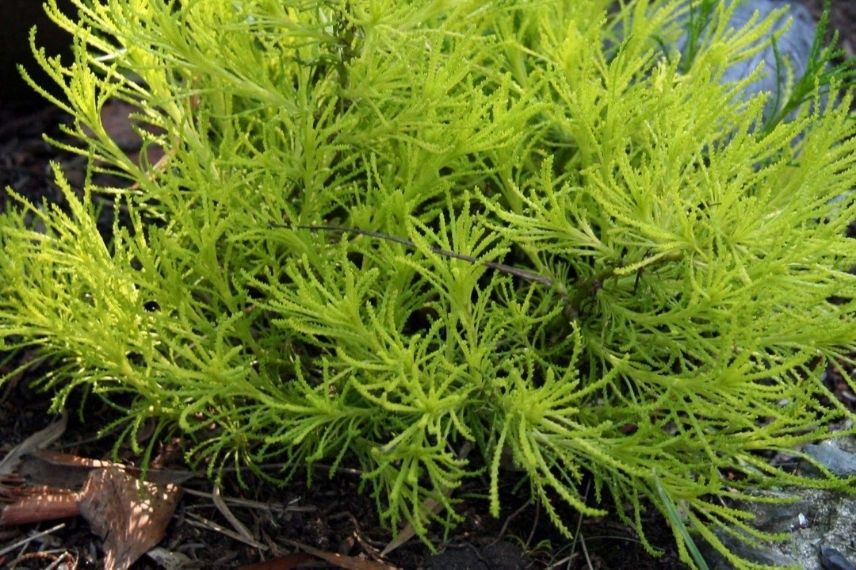
Discover other Santoline - Lavender Cotton
View all →Available in 2 sizes
Available in 1 sizes
Available in 2 sizes
Available in 0 sizes
Available in 2 sizes
Available in 1 sizes
Available in 1 sizes
How to prune and care for?
Very easy to grow, pot marigold requires little maintenance – apart from maintaining its round and compact shape through regular pruning. At a minimum, this should be done once a year, after flowering. Do not worry, this plant can even withstand the most severe prunings. By multiplying this operation throughout the year, you prevent the formation of old wood and increase the density of the marigold.
In March/April, as the plants deform and quickly lose their foliage, you can cut them back to help them regain their health. In spring, prune the young shoots to two-thirds of their length to invigorate the stems. In May and at the end of summer, you can tidy up the edges with shears to shape them into a ball. At the time of flowering, cut off the faded flowers as they appear.
Finally, repotting is recommended when the marigold has developed well: choose a pot that is 5 to 10 cm wider and taller than the current pot. Ideally, follow this golden rule: the height of the pot should be at least equivalent to one-third of the height of the plant.
- Subscribe!
- Contents
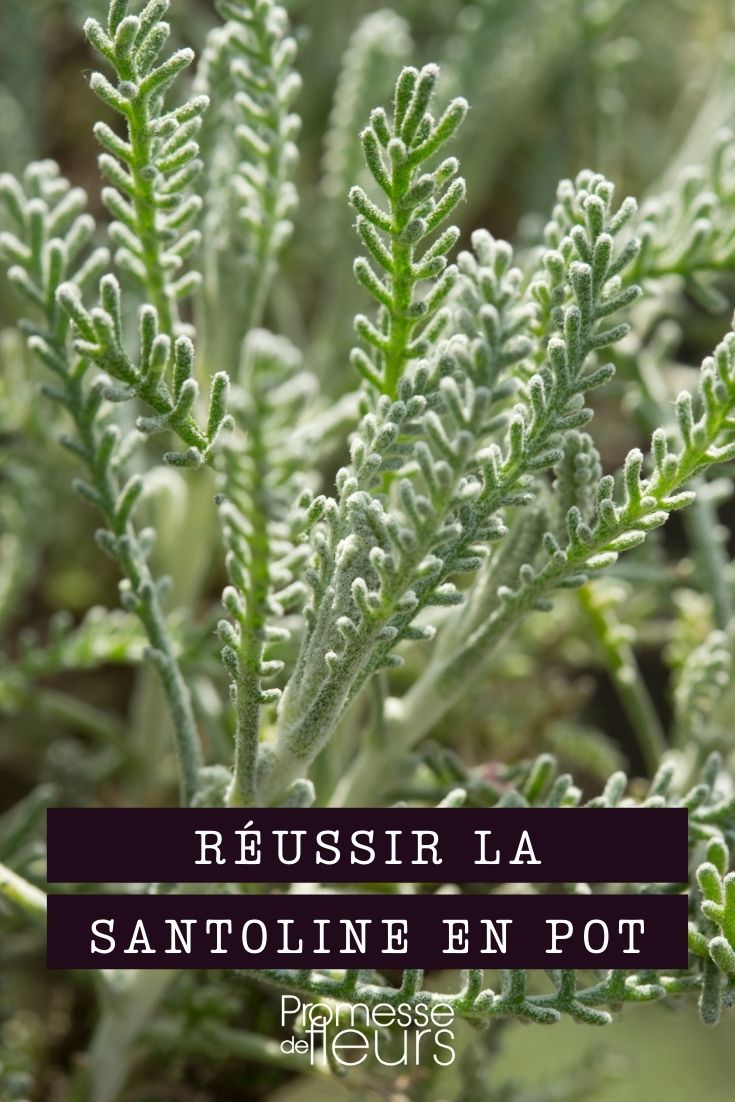































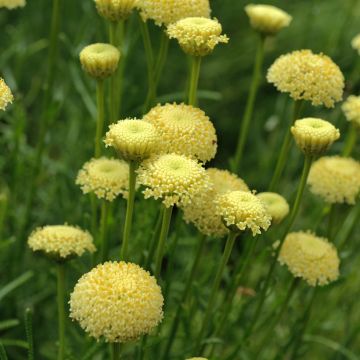
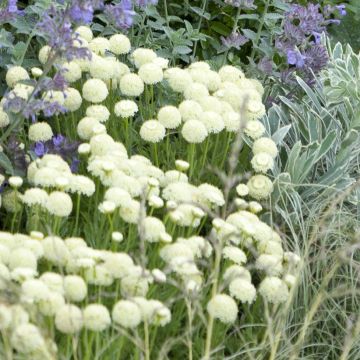
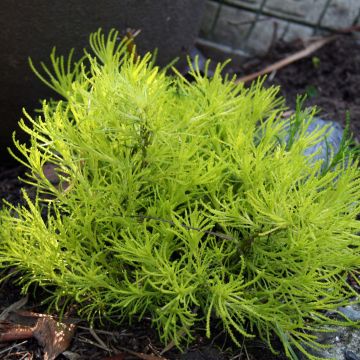
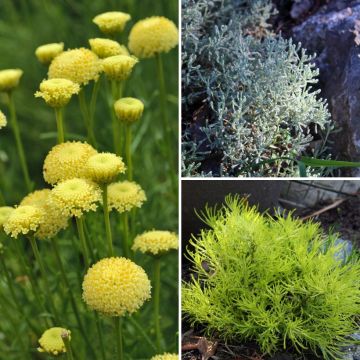
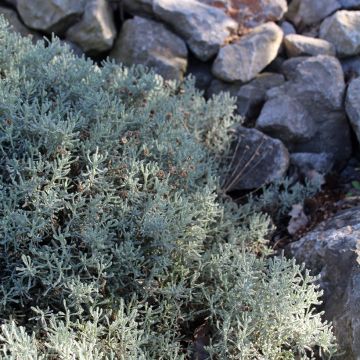
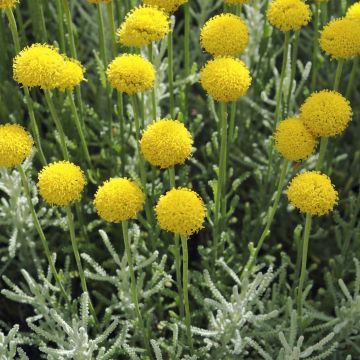
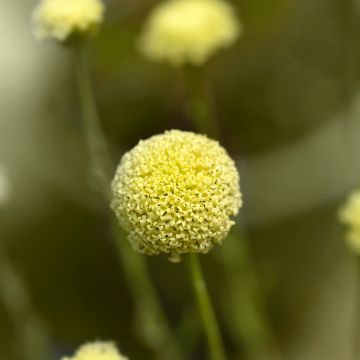
Comments